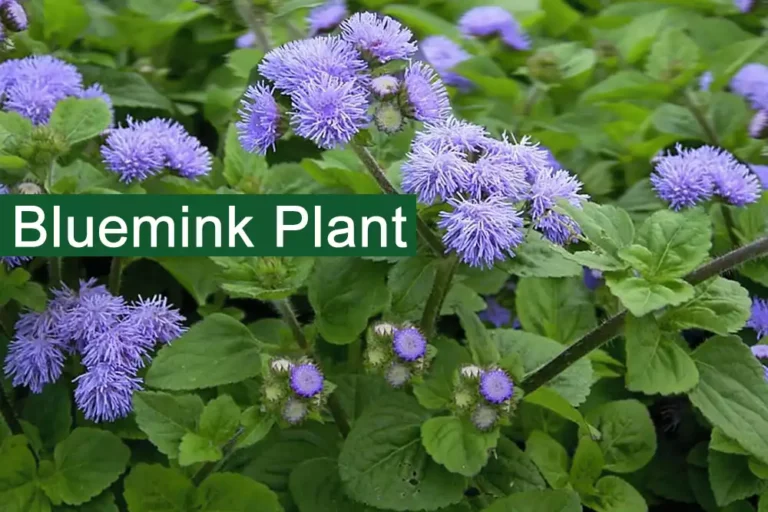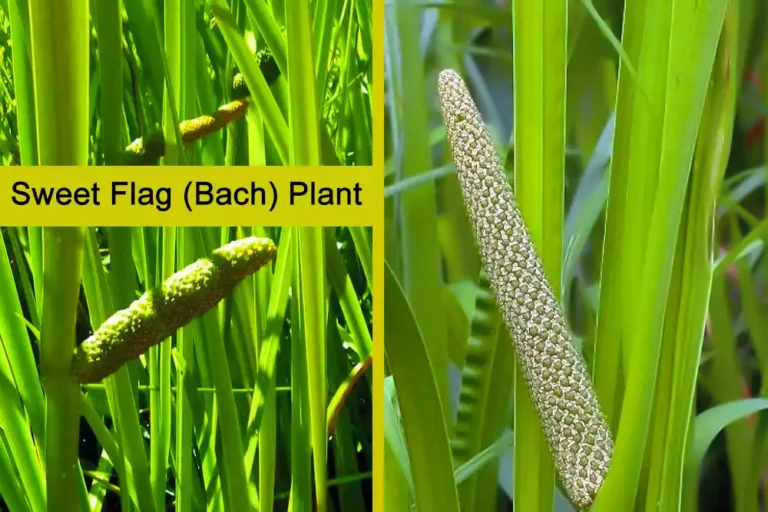Mugwort Plant (Artemisia vulgaris) Medicinal Uses, And Benefits
The Mugwort plant is also known as Artemisia vulgaris and in Hindi Sawar plant. Find out its medicinal uses, benefits, how to identify and grow it, and its traditional and international uses.
Table of Contents
Mugwort Plant (Artemisia vulgaris) Overview
| Botanical Name | Artemisia vulgaris |
| English Name | Mugwort |
| Urdu Name | Sawar Hindi |
| Common Name | Common Mugwort, Common Wormwood, Moxa, Green-ginger |
| Family | Compositae |
| Habit | Perennial herb |
| Part Used | Leaves and flowers |
| Medicinal Plants | Explore |
Mugwort Plant (Artemisia vulgaris)
Artemisia vulgaris (Mugwort plant) is an herbaceous plant. The stem is straight growing to 1.2m by 0.7m. The leaves of Mugwort plant are dark green above, whitish beneath, and deeply divided into jagged segments.
Florets brownish-red. Flower heads densely clustered in long narrow leafy panicle, 2-3 mm in diameter. The flowers are hermaphrodite. Outer florets are female, and narrow. Inner florets hermaphrodite, widened at top. All florets are tubular.
Distribution of Mugwort Plant
Native to temperate regions of Europe, Northern Africa, and Asia. In Pakistan, it is found in swat and Chitral.
Medicinal Uses of Mugwort Plant
Folk use
A weak tea made from the infused plant is used as insecticide. The leaves of the Artemisia vulgaris plant, placed inside the shoes, are said to be soothing for sore feet. A decoction is given to the children in measles. Artemisia is used in moxibustion, a therapy where dried leaves and stems are burned to promote healing. It can bring menstruation treat infertility and help to manage menstrual pain.
Tib (Traditional Islamic Medicine) Uses
Mugwort plant has a long history of use in herbal medicine especially in matter connected to the digestive system, menstrual complaints, and treatment of worms. An infusion of the leaves and flowering tops is used in the treatment of nervous and spasmodic affections, sterility, functional bleeding of uterus, dysmenorrheal, asthma, and diseases of the brain.
International Uses of Artemisia vulgaris
All parts of Mugwort plants are anathematic, antiseptic, carminative, diaphoretic, digestive, expectorant, nervine, purgative, antirheumatic, antispasmodic and stomachic stimulant, slightly tonic and used in the treatment of women’s complaints. Leaves and flowering tops are used as inferior substitute for cinchona in fever. They are useful in cough asthma, bronchitis, nervous and spasmodic affections.
Culinary Uses of Artemisia vulgaris
Fresh leaves make a horrible-tasting beer. Leaves aromatic and somewhat bitter, their addition to the diet aids the – raw or cooked, digestion and so they are often used in small quantities as a flavoring, especially with fatty food. They are also used to give color and flavor to glutinous- rice dumpling. The young shoots are used in spring as food.
Side Effects of Mugwort Plant
Nontoxic, but as with all herbs with emmenagogic properties avoid in early pregnancy.
Constituents of The Mugwort Plant
The main chemical components of Mugwort oil are a-thujone, thujone, b-cymene, azulene, thujyl alcohol 1, 8 – cineole, camphene and camphone, terpenes and terpene derivatives e.g camphor, linalool, 4-terpineole, borneol, borneol and mono and sesqui terpenes.
Climate and Growth Conditions
- Climate: Temperate climate
- Temperature: Max: 27°C, Min: 12.5°C
- Rainfall: 586 mm/year
- Soil: Sandy, medium loamy, heavy clay and well drained soil.
- pH Range: 4.6-8.2
- Reproduction: By seed and stem cutting.
FAQs
What is Mugwort used for?
Mugwort is traditionally used to treat digestive problems, insomnia, and menstrual problems in women. Apart from this, this herb is also used for physical and mental relaxation.
Why is Mugwort illegal?
Mugwort is not illegal in most places, but some countries have rules about using it. This is because, in high amounts, it can be harmful.
Is Mugwort plant poisonous?
The Mugwort plant is generally not poisonous, but excessive consumption can be harmful, especially for pregnant women and people with allergies.
What is Mugwort called in India?
In India, Mugwort is commonly known as “Nagadamni“ or “Nagdon“.
Disclaimer:
All images used in this post are from Google Images and Credit goes to their respective owners.







